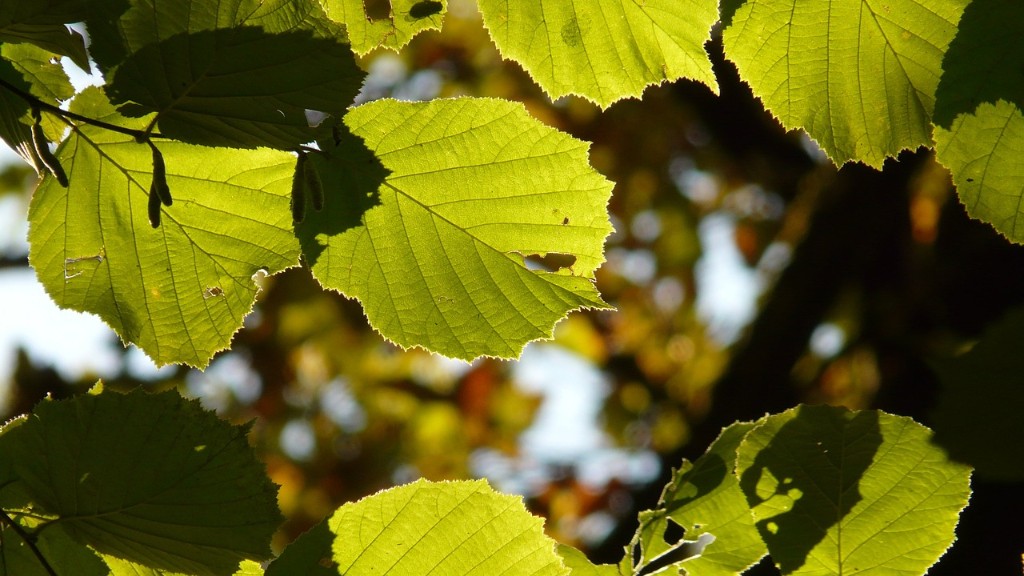Avocado trees require a significant amount of water in order to thrive. Unfortunately, there is no one-size-fits-all answer to the question of how often you should water your avocado tree. The frequency of watering depends on several factors, such as the soil type, tree size, climate, and type of avocado. Understanding the basics of caring for your avocado tree and developing a watering schedule that works for your tree is the best way to ensure it gets the water it needs without being over-watered.
Location and Climate
Avocado trees require a warm, sunny climate in order to thrive. In areas where there are mild winters and hot, dry summers, including in the Mediterranean and southern California, avocado trees can remain healthy and productive for many years. In other parts of the world, such as northern California, Hawaii, and Florida, avocado trees may need additional watering and fertilizer in order to avoid drought stress.
The location of your tree can also influence how often you need to water it. Trees planted in sunny, dry areas may need a deeper, less frequent watering, while those planted in shady, moist areas may require more frequent watering. Additionally, when planning how often to water your tree, you should consider things such as the amount of rainfall it receives each month, the amount of natural shade it receives, and the soil type in the area.
Tree Age and Size
The age and size of your tree can also have an impact on how often you need to water it. Smaller, younger trees need to be watered more frequently than larger trees. Generally, younger trees will need to be watered every 5-7 days, while more mature trees may only need water every 10-14 days. Additionally, trees planted in parts of the world with higher temperatures and less rainfall, such as southern California, need to be watered more often in order to stay healthy.
When watering your tree, you should make sure you are applying the water directly to the root zone. This means watering near the trunk of the tree and extending out about 12 inches. This ensures that the roots can absorb the water and it does not evaporate away before it reaches the roots. A slow, deep watering is best, as it can help the tree develop a stronger root system.
Soil Type and Mulch
The type of soil your tree is planted in can also affect how often you need to water it. Clay soils are generally heavier and retain more water than lighter-textured soils, such as sand or loam. Clay soils may also require supplemental watering during dry periods, as the water can evaporate quickly in these soil types.
Additionally, adding a layer of mulch around the tree can help the soil retain moisture for a longer period of time. Mulches such as grass clippings or shredded leaves can help keep the soil cool and moist, reducing the amount of water the tree needs and helping to reduce the chances of drought stress.
Type of Avocado Tree
The type of avocado tree you have can also affect how often you need to water it. For example, hass avocado trees are considered to be more drought-tolerant than other types of avocado trees, so they may be able to go longer between waterings. However, if you have a hass avocado tree in a warm, dry climate, such as southern California, you may need to water it more often in order to keep it healthy.
Other types of avocado trees, such as reed and Fuerte, may require more frequent watering because they are not as drought-tolerant. Additionally, these trees may need to be watered more frequently during the hot summer months in order to keep them from becoming stressed from the heat.
Fertilization
Fertilization can also affect how often you need to water your tree. Trees that are fertilized on a regular basis may require less frequent watering, as the fertilizer provides additional nutrients to the soil and helps it retain moisture for longer periods of time. Conversely, trees that are not regularly fertilized may require more frequent watering, as the soil becomes more depleted of nutrients and is unable to retain moisture as efficiently.
Expert Advice
It is always best to consult an expert when it comes to caring for your avocado tree. An experienced tree care specialist can help you determine the ideal watering frequency for your tree, based on factors such as the soil type, climate, and type of avocado tree. They can also help you establish a regular fertilization schedule to ensure your tree receives all the nutrients it needs in order to remain healthy and productive.
Signs of Stress
Learning how to recognize the signs of stress in your avocado tree can go a long way towards understanding how best to care for it. If your tree starts to droop or its leaves are turning yellow or brown, this could be a sign that it is not getting enough water. Another indication that your tree may need more water is if it starts to produce fewer fruits. If you notice any of these signs, it is best to increase your watering frequency to ensure the tree has enough water.
Inspection and Maintenance
It is also important to inspect your tree regularly for signs of distress or damage. Regular inspection can help you catch any potential problems early and address them before they become more serious. Additionally, regular maintenance is important to ensure your tree stays healthy. This can include pruning, fertilizing, mulching, and irrigating.
Frequent Watering vs. Infrequent Watering
As mentioned earlier, no one-size-fits-all answer exists to the question of how often to water your avocado tree. It is important to understand the factors that go into determining the ideal watering frequency for your tree in order to ensure that it receives the water it needs without being over-watered. Generally speaking, trees in warm, dry climates may require more frequent watering than those in cooler, wetter climates. Additionally, younger trees, trees planted in clay soils, and trees that are not regularly fertilized may require more frequent watering in order to remain healthy and productive.
Balancing Nutrients and Water
Finally, it is important to remember that properly caring for an avocado tree is about more than just water. A balance between nutrients and water is also necessary in order to keep your tree healthy. Fertilizing your tree on a regular basis can help ensure that it receives the nutrients it needs, while providing it with enough water to stay hydrated. Additionally, using mulch around the tree can help to retain moisture, reduce the amount of water needed, and reduce the chances of drought stress.

